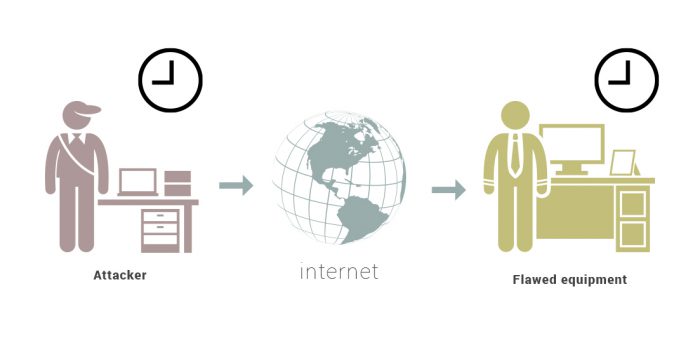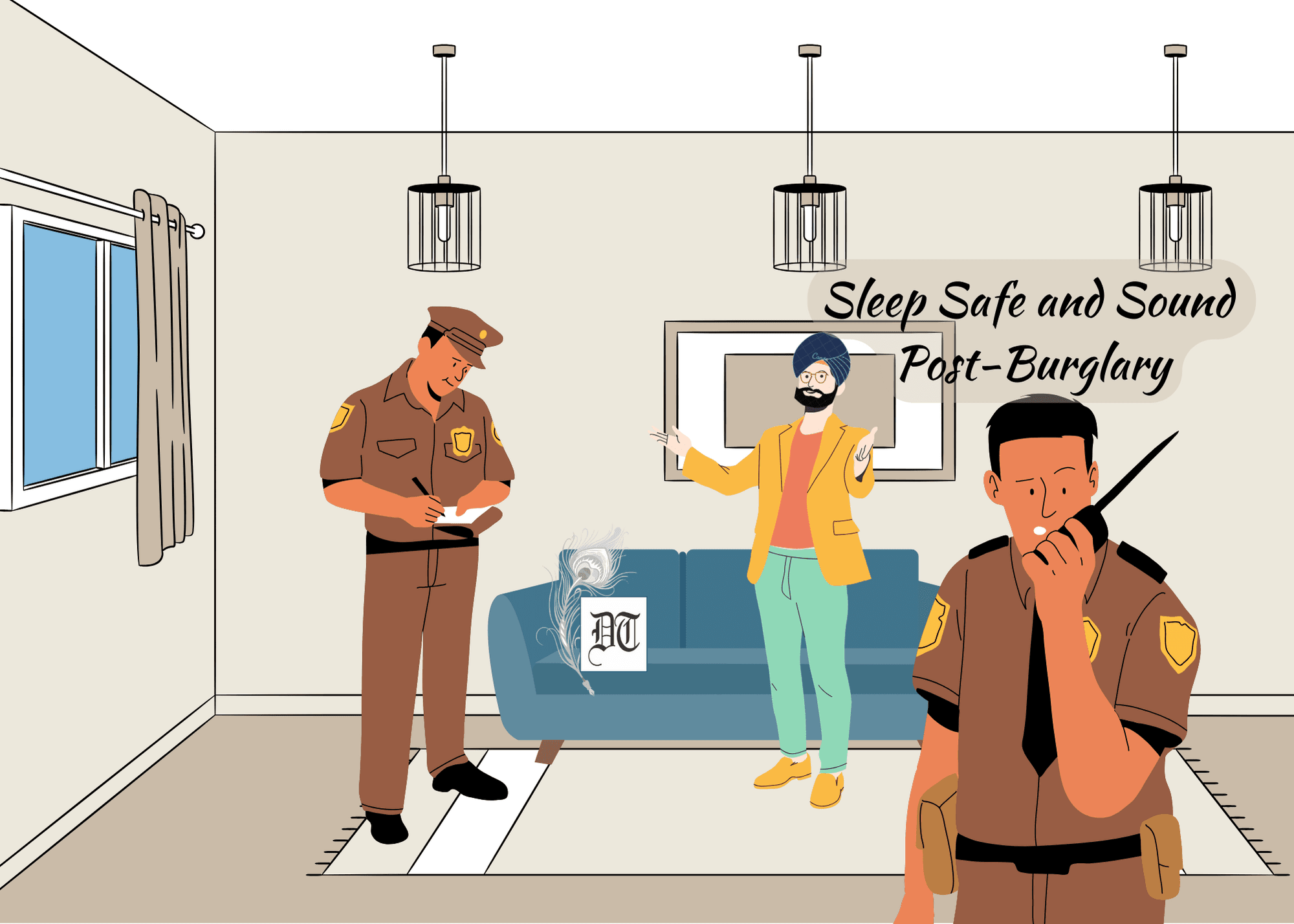The snowballing boom in the mobile industry over the last decade has accelerated the scope of Zero Day Attacks and is quickly spreading across the globe like a pandemic. It’s quite common in Windows, Mac, Android and iOS devices. And with the release of the new-fangled OS, online tools, mobile apps, web applications and trailblazing software, the likelihood of Zero Day vulnerabilities are also on the rise. Reetwika, a cybersecurity expert, tells us about Zero Day Attack with invaluable tips on how to protect ourselves from it, in the weekly column. A Different Truths exclusive.
Zero Day is a type of software vulnerability which is yet to be known to the computer experts but the moment it is exposed to the public, intruders exploit the flaw to launch an attack. It can creep in due to improper configurations or programming errors. But since the security experts do not get more than a day’s time to fix the defects, such attempts are often referred to as Zero Day Attacks.
The snowballing boom in the mobile industry over the last decade has accelerated the scope of Zero Day Attacks and is quickly spreading across the globe like a pandemic. It’s quite common in Windows, Mac, Android and iOS devices. And with the release of the new-fangled OS, online tools, mobile apps, web applications and trailblazing software, the likelihood of Zero Day vulnerabilities are also on the rise.
 To cater to the fast-changing market needs and stiff competition, the developers have to chase strict timelines, often bypassing integral security tests before launching their products; thus, paving a wider way to the Zero Day attackers. Even before the flaws are discovered by the manufacturers, they get exploited by the cybercriminals. Hence from a user perspective, it is very important for us to be aware of those defective application and web solutions so that even if they have inherent flaws, the user is still safe.
To cater to the fast-changing market needs and stiff competition, the developers have to chase strict timelines, often bypassing integral security tests before launching their products; thus, paving a wider way to the Zero Day attackers. Even before the flaws are discovered by the manufacturers, they get exploited by the cybercriminals. Hence from a user perspective, it is very important for us to be aware of those defective application and web solutions so that even if they have inherent flaws, the user is still safe.
Standing today, the biggest challenge of fighting Zero Day Attack is its detection. Since the vulnerability is not known, so no antivirus signature could be predefined to take precautions. Thus, efficient preventive measures become extremely critical so that even if any Zero Day is identified, the user gets an immediate notification on his/her device, temporarily stalled from further use.
Unlike computers, smartphones are typically always connected to the network, even when not in use and consequently, the risk exposure of the latter is way higher than any other computing device. Cybercriminals can easily parcel a malicious code in disguise into your device abusing Zero Day security holes found in any of the running apps. Being a technology user, it’s your responsibility to take proactive care of your personal data like the way you do for your other valuable properties. Here you go with some handy tips to secure your smartphone from Zero Day Attacks.
1. Always keep your mobile apps, OS and device firmware up-to-date with latest patches and signature fixes. Updates also include new features, removal of outdated signatures, updated drivers and fixing of bugs in addition.
2. Do not download online apps or software, especially if provided for free, from untrusted sources. Such forums are typically the storehouse of Zero Day Attackers.
3. Always use an original licensed version of operating systems and software applications. Pirated copies do not get patch updates and thus Zero Days are quite common in those versions.
4. Immediately disable any uncharacteristically performing app if the change is noticed soon after logging to a new portal or website. Zero Day Attackers often make their entries through insecure websites, malware, phishing emails, worms, infected executable files etc.
5. Do not keep apps running when not in use. Enable only if you need them.
6. Properly configure the security settings of your smartphone’s operating system, internet browser and security software to pre-empt intruders.
security software to pre-empt intruders.
7. Avoid linking multiple devices via insecure wireless connections. Zero Days are mostly exploited via compromised weak wireless networks. Instead, you may segregate your own Virtual Local Area Network (VLAN) from the public cloud for personal use. That way no impostor can invade into your network from outside.
8. If you deal with very sensitive data, you may also install an IP security protocol to encrypt and authenticate all network traffic passing through your VLAN to which your smartphone is connected.
9. It is also advisable to configure Network Access Control (NAC) to prevent rogue access points from gaining access to your device and personal Wi-Fi network.
10. Of all the preventions, the most important is to learn to be a conscious and not a blind user of technology. Every software or web application has a usual behavioural pattern during its operation. Any deviation noticed, should ring the bells of doubt and immediate pre-emptive action.
©Reetwika Banerjee
Photos from the Internet
#ZeroDayAttack #PhoneSecurity #CyberAttack #CyberCriminals #WiFiNetwork #IpSecurity #CyberCrime #DifferentTruths









